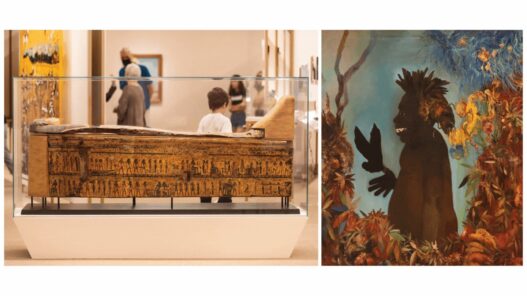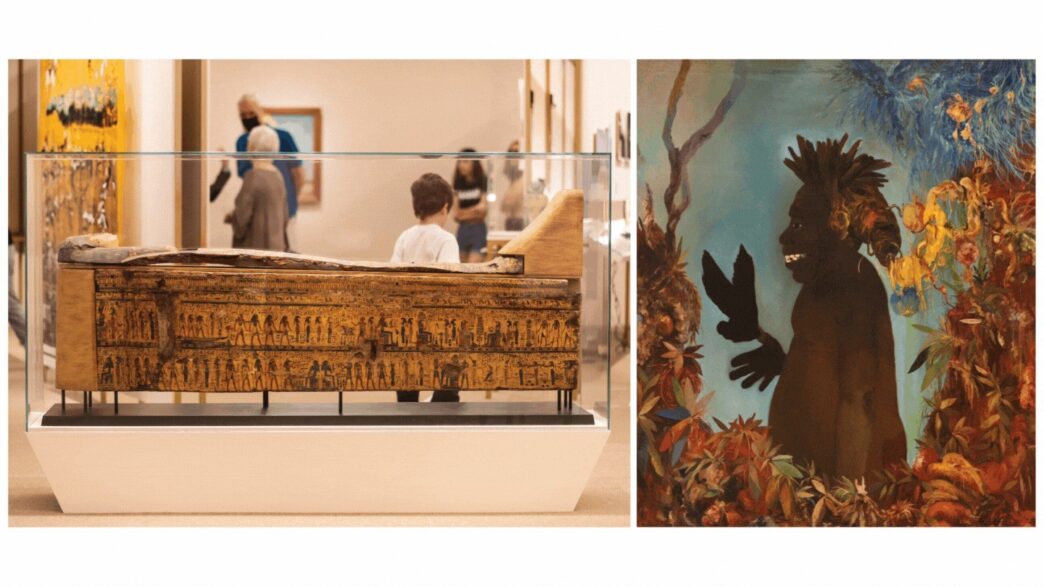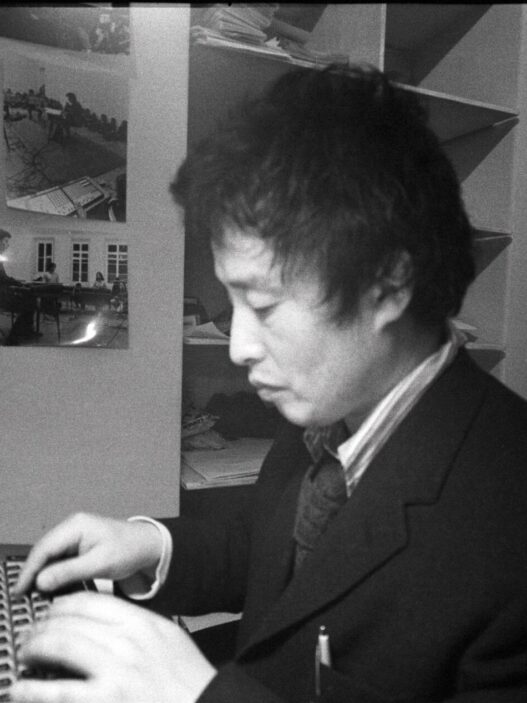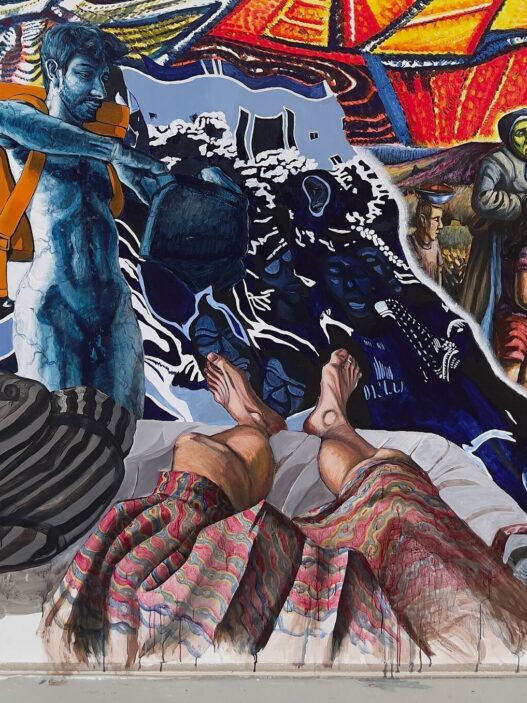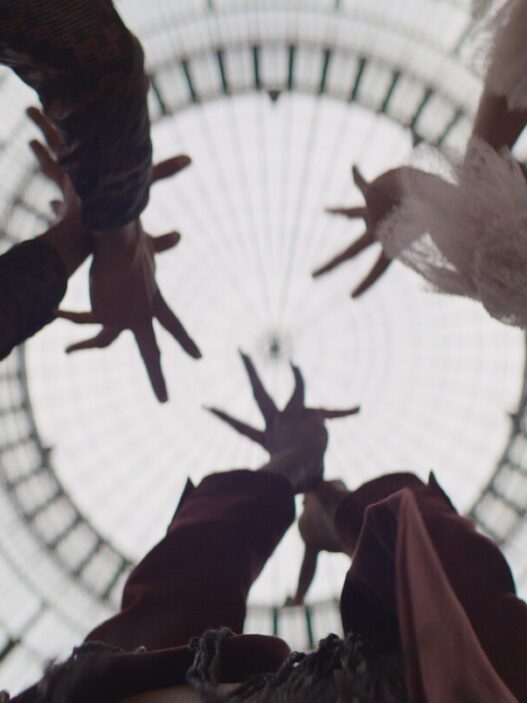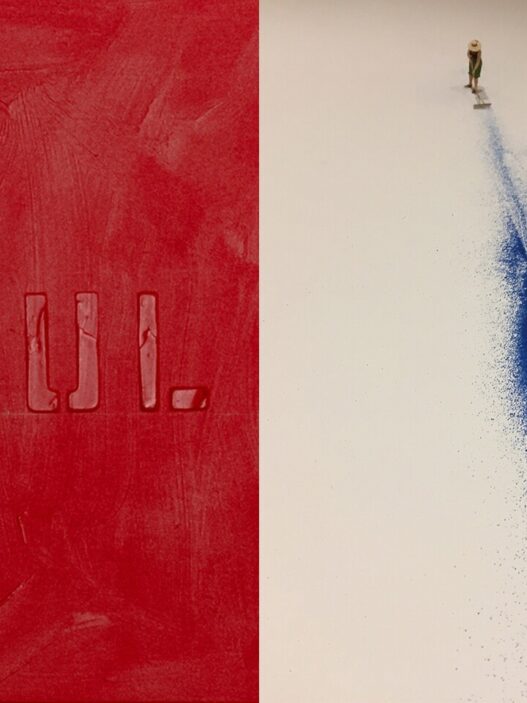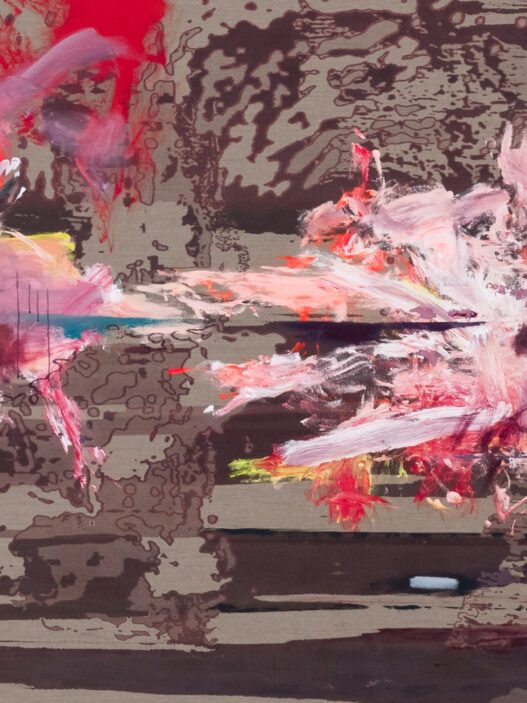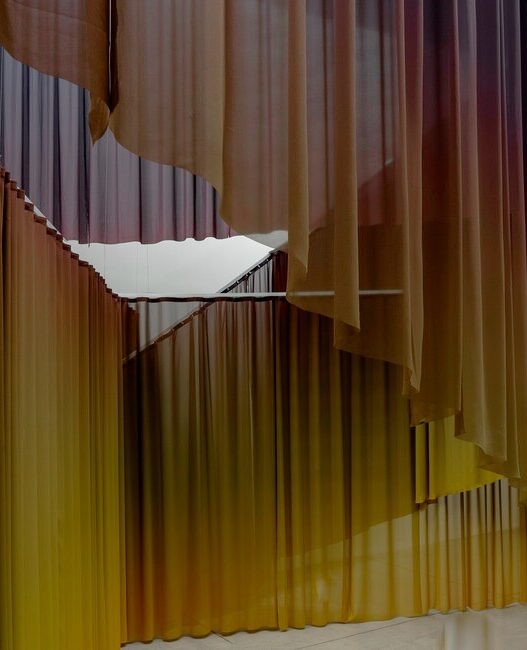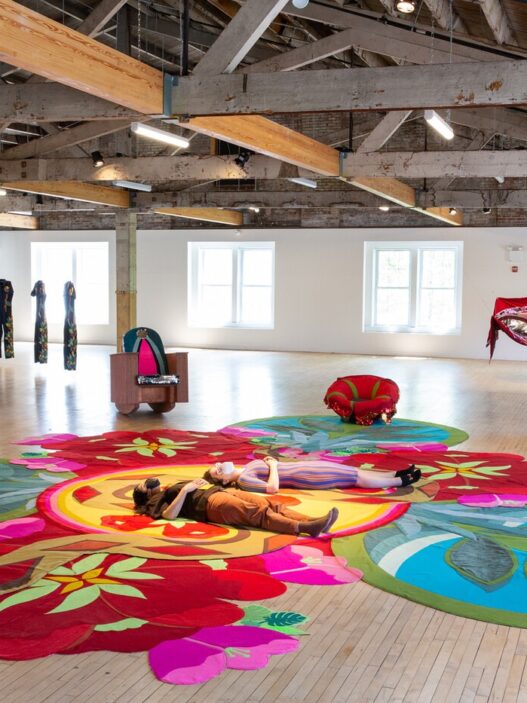August 27, 2022–January 15, 2023
Two significant historical anniversaries in Brazilian history are being commemorated in 2022: the bicentennial of Independence (September 7, 1822) and the 100th anniversary of the Modern Art Week of 1922. (February 13–17, 1922). Sesc is holding a variety of cultural events to commemorate these milestones with the intention of reflecting on these pivotal moments and connecting them to the pressing issues of the day. This series of acts, according to the institution, attempts to “build views that allow us to think about the country in a diverse and complex way, with its contradictions and potentials, and converting them into propositional resources.”
In this setting of historical review, the exhibition Desvairar 22 (Hallucinate ’22) presents more than 270 items from the visual, musical, literary, and architectural arts, as well as historical records and pieces of modern and contemporary art. Starting with the Modern Art Week of 1922, the exhibition expands its focus to remember some of the significant occasions that year, including the centennial of Brazil’s independence, the Centennial International Exposition, the nation’s first radio broadcast, and the discovery of Pharaoh Tutankhamun’s tomb. The project, which was co-curated by art historian Marta Mestre and authors Veronica Stigger and Eduardo Sterzi, is an examination of Brazilian modernism, which the Week of 1922 celebrated and endorsed, and it offers insights into Brazil’s recent past. The idea of a history in progress is reinforced by this curatorial approach; the facts are reinterpreted depending on the context in which they are read and where fiction and imagination can be just as authoritative as the facts themselves.
The classic poetry collection Paulicéia Desvairada by Mário de Andrade (1893–1955), published in 1922—the Week year—provides the inspiration for the title of the show. The release caused controversy since it was written in free poetry in an era when formal literature predominated in Brazil. The exhibition’s entry is inscribed with the words “Está fundado o desvairismo,” which is taken from the book. Visitors are greeted to the sound of the samba song “Allah-lá-ô” from the 1941 Carnival, which sets the mood for the exhibition’s focus on creative hallucination.
The work Calmaria II, 1929, by Tarsila do Amaral (1886-1973), one of the fundamental figures of Brazilian modernism together with Mário de Andrade, is one of the exhibition’s highlights. The piece, a geometric landscape in the style of Paul Cézanne (1839–1906), alludes to the artist’s 1926 trip to Egypt. The first section of the exhibition introduces viewers to works by other modernist icons like Flávio de Carvalho (1899-1973), Vicente do Rego Monteiro (1899-1970), Murilo Mendes (1901-1975), and Graça Aranha (1868-1931), before leading them to the genuine Egyptian sarcophagus discovered at the exhibition’s center. The visitor can see a collection of images from King Pedro II (1825-1891), the final emperor of Imperial Brazil, who traveled to Egypt in the 1870s. The emperor, who was a “Egyptomaniac,” returned from that journey with a great collection of historical relics that once made up all of Latin America. That collection, which belonged to the Museu Nacional in Rio de Janeiro, was substantially destroyed in the 2018 fire that destroyed the institution.
According to the curatorship, “The land of pharaohs and priests, of pyramids and sphinxes, has for some time now been perturbing the linear narrative of so-called Western culture. Modernity, with the invention of tourism and photography, renewed this interest in Egypt, which is no longer only an origin, but also a destination.” The critical perspective of the show links this fascination with ancient Egypt to the construction of Brasilia, the preplanned metropolis formed in 1959 as a representation of Brazilian modernism and erected from the ground up to serve as the federal capital. A contrast to this romanticization of the past are works by contemporary artists and well-known Brazilian songs that emphasize black ancestry from Egypt.
The exhibition is divided into four sections: “Nostalgia for Egypt”—an allegorical construction concerning the unconscious of time; “The Bones of the World”—the title of a book by Flávio de Carvalho that shows his fascination for ruins and museum collections as a way of penetrating the various levels of history that shape individuals and society; “Means of Transport”—considers how the technological evolution of modernity has shortened distances and opened new paths and impasses; and “Wandering Indians”—which deconstructs the idealization of romantic views of Brazil’s indigenous peoples and cultures, mainly present in literature.
The exhibition, which includes writers and artists from various historical eras as well as contemporary artists, some of whom are indigenous, aims to investigate some as-yet-unexplored avenues for the reading of Brazilian modernism, putting forth the theory that the movement at the turn of the 20th century is still essential for comprehending and reflecting on Brazil’s cultural history.
The performance is a component of the Diversos 22 (Diverse 22) project, a collection of Sesc So Paulo-organized events that contextualize the celebrations of Brazil’s Independence based on an up-to-date and critical viewpoint.
SESC Pinheiros – São Paulo
Rua Pais Leme, 195
São Paulo-
05424-150
Brazil









